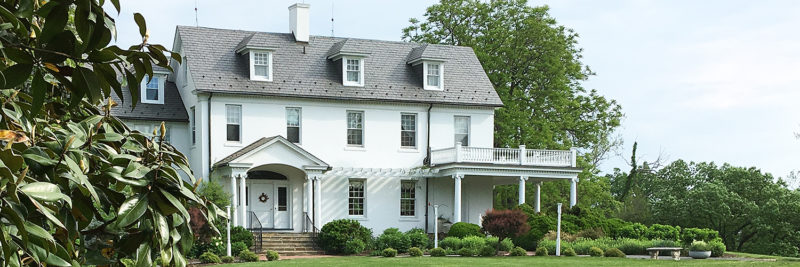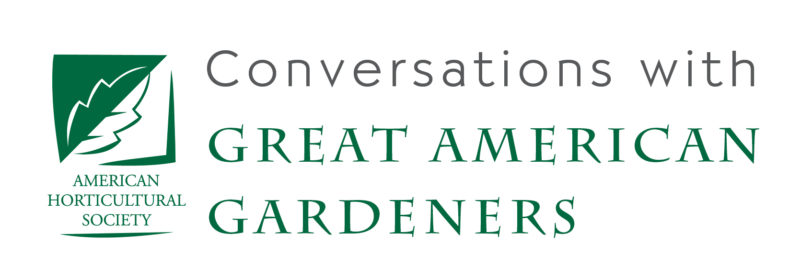River Farm Will Remain Headquarters of the AHS
 Thanks to the overwhelming outpouring of support from our American Horticultural Society members and donors, neighbors and stakeholders, public officials and the community over the past year, we are extremely pleased to announce that River Farm will continue to be our national headquarters and remain a priceless asset for the general public and future generations to enjoy. We are grateful to all of those individuals and groups who rallied around us to help preserve and protect this historic property. Throughout the year-long debate over the future of River Farm, we have always been convinced that there is a strong and viable path forward – with AHS as the steward of the property, supported by like-minded friends and partners. And now, with River Farm officially off of the open real estate market, we have the opportunity to fully realize this dream.
Thanks to the overwhelming outpouring of support from our American Horticultural Society members and donors, neighbors and stakeholders, public officials and the community over the past year, we are extremely pleased to announce that River Farm will continue to be our national headquarters and remain a priceless asset for the general public and future generations to enjoy. We are grateful to all of those individuals and groups who rallied around us to help preserve and protect this historic property. Throughout the year-long debate over the future of River Farm, we have always been convinced that there is a strong and viable path forward – with AHS as the steward of the property, supported by like-minded friends and partners. And now, with River Farm officially off of the open real estate market, we have the opportunity to fully realize this dream.
For those of us who have been working tirelessly to keep AHS at River Farm, this is a simple story of keeping promises made to donors. First and foremost, we know that it is our ongoing ethical responsibility to honor the wishes of our benefactor Enid Annenberg Haupt, who provided the funds to purchase River Farm in 1973. Her only stipulations were that River Farm serve as the national headquarters of AHS and that the beautiful grounds and gardens remain open for public enjoyment. Now, on the eve of our 100th anniversary celebration – and almost 50 years at River Farm – we can rededicate ourselves to this purpose, amplifying our national mission with River Farm as our home base.
A key priority over the next few days and weeks will be to re-open River Farm to the public and reconstitute the garden volunteer program. We also look forward to working with partners in the public and private sectors to help secure the financial future of AHS and River Farm as well as fortify safeguards that will eliminate the threat of development on the property permanently. Towards that end, we are launching a fundraising campaign that 1) strengthens our ability to steward River Farm over the long-term, 2) ensures that the property remains an idyllic open space, and 3) creates a platform for developing an ambitious portfolio of horticultural programs with a broad national reach.
We are grateful for the support and commitment of all of our AHS stakeholders – and especially our members — who supported our efforts to preserve River Farm as an irreplaceable national treasure. We very much look forward to collaborating with you on this exciting new chapter.
American Horticultural Society Board of Directors
Skipp Calvert
Tim Conlon
Laura Dowling
Holly Shimizu
Marcia Zech

 AHS members receive a 30% discount on a new publication, Rosa: The Story of the Rose, from Yale University Press. AHS members can now
AHS members receive a 30% discount on a new publication, Rosa: The Story of the Rose, from Yale University Press. AHS members can now